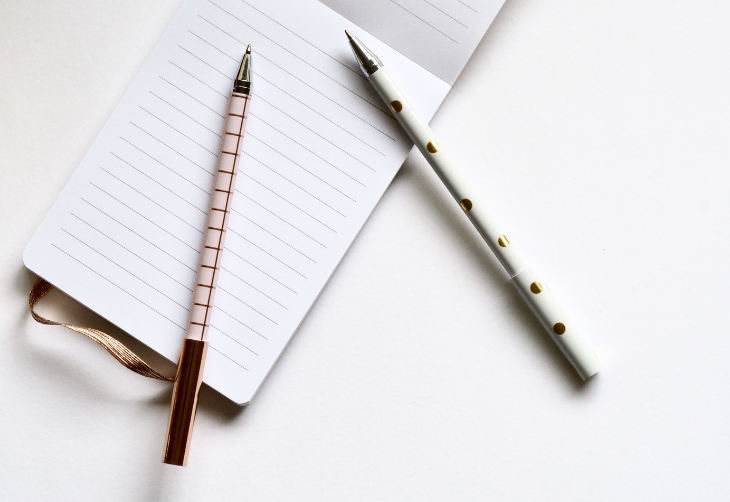Early-career writers often make the mistake of thinking they need to impress their readers with poetic eloquence and linguistic gymnastics. The truth is that readers – particularly in the short-attention-span digital space – want information quickly and well-packaged and if they feel you are wasting their time they will click away, instead of scroll.
A SAMIP basic writing workshop in January outlined some of the key principles and considerations underlying the craft that junior wordsmiths need to be aware of.
Know your audience
A journalist’s primary responsibility is to serve readers’ needs, so knowing who your audience is and what they are looking for is the crucial starting point. Your readers determine what you write about, the style you choose, when and how often you post stories, and even when to break with convention, like gsport who regularly feature the names of sportswomen in the headlines – unconventional by news writing standards, but with over 7000 articles on their site, this serves their audience best. While the news business has many constituencies to answer to, like advertisers and shareholders, a journalist’s first allegiance is always to readers and this relationship of trust forms the basis of a news organisation’s credibility.
Newswriting conventions
The inverted pyramid structure is a tried and tested style for writing hard news stories and ensures the most important information goes at the top of the story while the least important drops to the bottom. The aim is to include the five Ws and H – who, where, what, why, where, and how – as high up in the story as possible.
When copy was still limited by the column centimeters it was useful for newspaper editors working on tight deadlines who could cut overly long stories from the bottom without losing vital information, but the format still works well online as it delivers news concisely in a format that readers expect.
Crafting your lead
Research shows that online readers are only likely to finish a story if it holds their attention for 20 seconds. This means an article’s first sentence serves a single purpose – to entice the reader to read the next. Mastering the opening line is therefore a writer’s most important task. Use your best material first and devote extra time to writing your lead; some experts advise you to spend 40 percent of your allocated writing time on crafting your opening.
Keep it simple
The key message in William Zinsser’s classic non-fiction writing guide, “On Writing Well” is that simple writing conveys meaning best. Writers need to be deliberate in their choice of words, keep it concise and constantly prune clutter from their writing – if a word or phrase does not serve a purpose, remove it, if you can use a simpler, shorter word, do!
A rookie mistake is to start writing before you know exactly where your story is going. Writers should constantly ask: What am I trying to say? Have I said it? Before you begin you need to organise your thoughts and work out what you need to convey; if you can’t explain it to an imaginary 6-year-old in your head, you haven’t achieved clarity yet.
Recognise and experiment with writing techniques
The workshop also explored some creative writing techniques to enhance storytelling, particularly for feature stories that can suit a more narrative style. Narrative non-fiction borrows techniques from fiction writing like descriptive scenes, including colourful characters and using an alternative point of view.
The “nutgraph story”, introduced by the Wall Street Journal in the 1940s pioneered a new genre for news writing. Its hallmarks include an anecdotal lead to hook the reader, followed by a context section – the nut graph – a transitional paragraph that summarises the gist of the story and why readers should care.
Being aware of these techniques and others like ‘show, don’t tell’, ‘zoom in, zoom out’, and ‘the rule of three’ offer opportunities for junior writers to experiment and refine their style.
Top takeaway tips
- Spend longest on your lead
- Research around your topic – but don’t include everything
- Be concise – respect your readers’ time
- Kill your darlings – cut out what doesn’t work
- Find characters – readers relate to people, not facts or issues
- Read good writing
Top Resource

